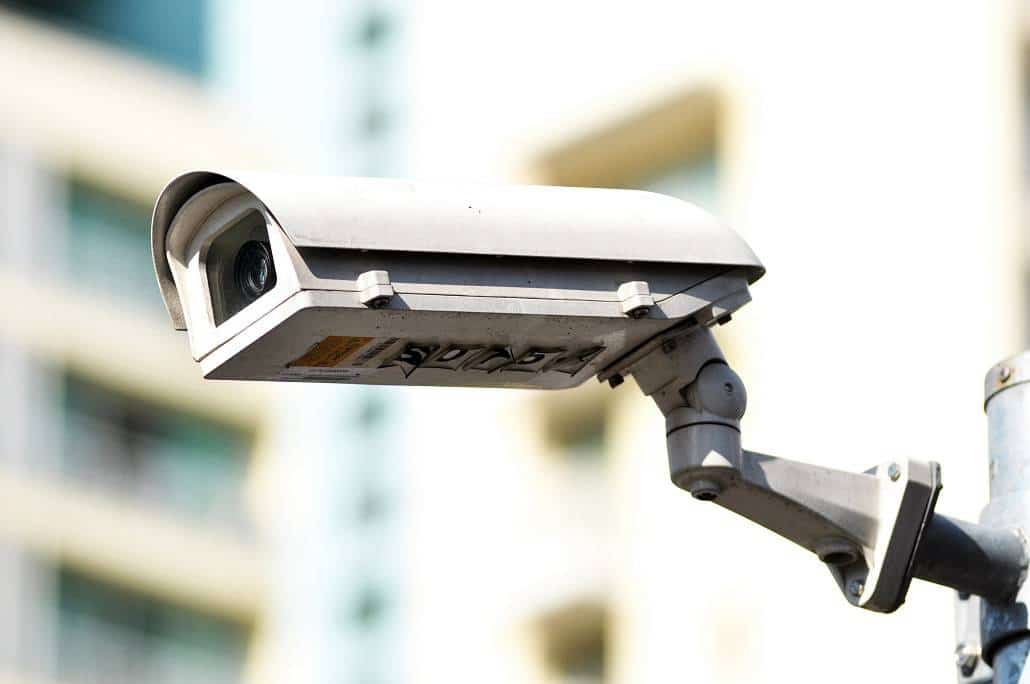RECENT terrorist attacks in London and Manchester have forced the council to abandon its plans to end the live monitoring of the borough’s CCTV network.
The proposal to move to a ‘passive model’, first mooted in March, had already been put on hold and subject to further scrutiny following a public outcry.
However, moving to passive monitoring, justified on the grounds that it would save the council £100,000 per year, was still the preferred option of the Cabinet and there were still plans to have a one year ‘pilot’ of the model from April 2018.
Under passive monitoring the 39 cameras would still have been recording scenes although no one would have been watching them live.
“All the time I am in the chair, CCTV will be monitored”
Council Leader David Jukes used a Cabinet meeting on Thursday (June 22) to announce there was now no hope of the policy being revived.
He said: “The council had been minded to move to the passive monitoring of CCTV. Since the events in Manchester and London, we have now made a policy statement that we will stick to monitored CCTV.”
A review of how to monitor in a ‘more cost effective manner’, looking at the CCTV infrastructure itself and talking to ‘various agencies’ on contributing to its costs will still be undertaken, he added.
Possible options suggested during previous cabinet meetings have included; sharing some monitoring services with Royal Victoria Place, seeking contributions from local businesses and getting the town councils of Southborough and Paddock Wood to shoulder some costs.
Speaking to the Times Cllr Jukes said: “All the time I am in the chair, CCTV will be monitored.
“I have instructed the senior officers to conduct a complete survey of all the cameras in the borough to look at what sort of condition they are in find out what are the modern facilities and tactics to ensure it is monitored in the most cost effective way.”
Ways of streamlining the service were ‘open to investigation’ and will form part of a cabinet report towards the end of the year.
Plans to slash £100,000 from the budget have now ‘been withdrawn’ and will no longer be used to dictate the council’s CCTV policy, he said.
Explaining the decision, Cllr Jukes said: “When people ask why I have changed my mind, I use Harold Macmillan’s justification; ‘events dear boy, events.'”
Liberal Democrat councillor Peter Lidstone said his party were ‘glad’ active monitoring would be retained, but added: “It is regrettable that this decision was prompted by major terrorist attacks on the capital, and not by the benefits active CCTV monitoring provides local businesses, volunteers and the safety of our night-time economy in Tunbridge Wells.”
The CCTV timeline
March 15: The Times first reports on plans being put forward to stop actively monitoring the borough’s 39 cameras in order to save up to £100,000. Kent Police criticise the decision, warning it will have a ‘detrimental’ impact upon their ability to fight crime..
April 13: Cabinet vote to push ahead with the policy to cease monitoring CCTV in the borough, despite strong opposition from residents, business leaders and councillors across all parties. Nicky Blanchard, centre manager of Royal Victoria Place, likens the decision to ‘an advert that the town is vulnerable’.
May 8: Liberal Democrat councillors ‘call in’ the decision leading to the council’s Overview and Scrutiny Committee telling cabinet to think again. Members of the committee say the cabinet had not provided any evidence of the passive model’s impact on levels of crime and say parish councils had not been notified.
May 11: Cabinet decides it will allow a ‘wider consultation to take place’ on downgrading the borough’s CCTV – effectively knocking the issue into the long grass. However the cabinet still maintain a passive model ‘was adequate’ and the review was ongoing into implementing it by April 2018.
June 22: Recent acts terrorism in the UK cited as the reason why all plans to implement a passive monitoring model have been abandoned. Council Leader David Jukes also states the decision has been made to write off any hopes of trimming the £100,000 from the budget the passive model would have saved.








